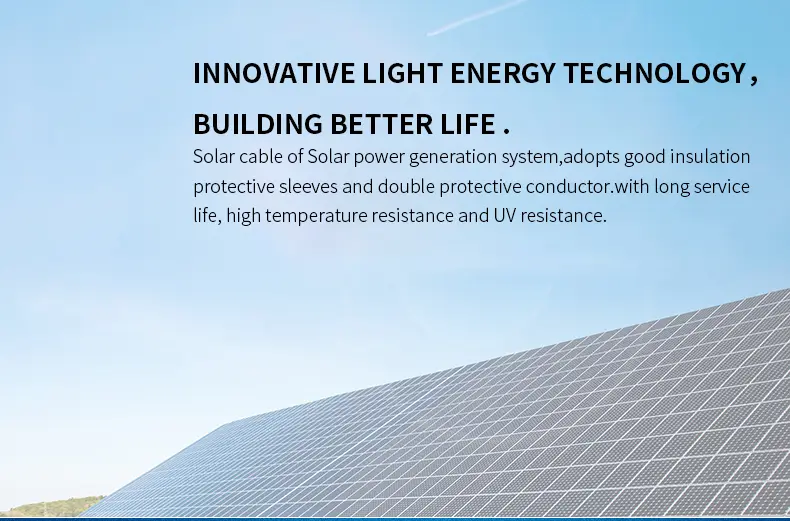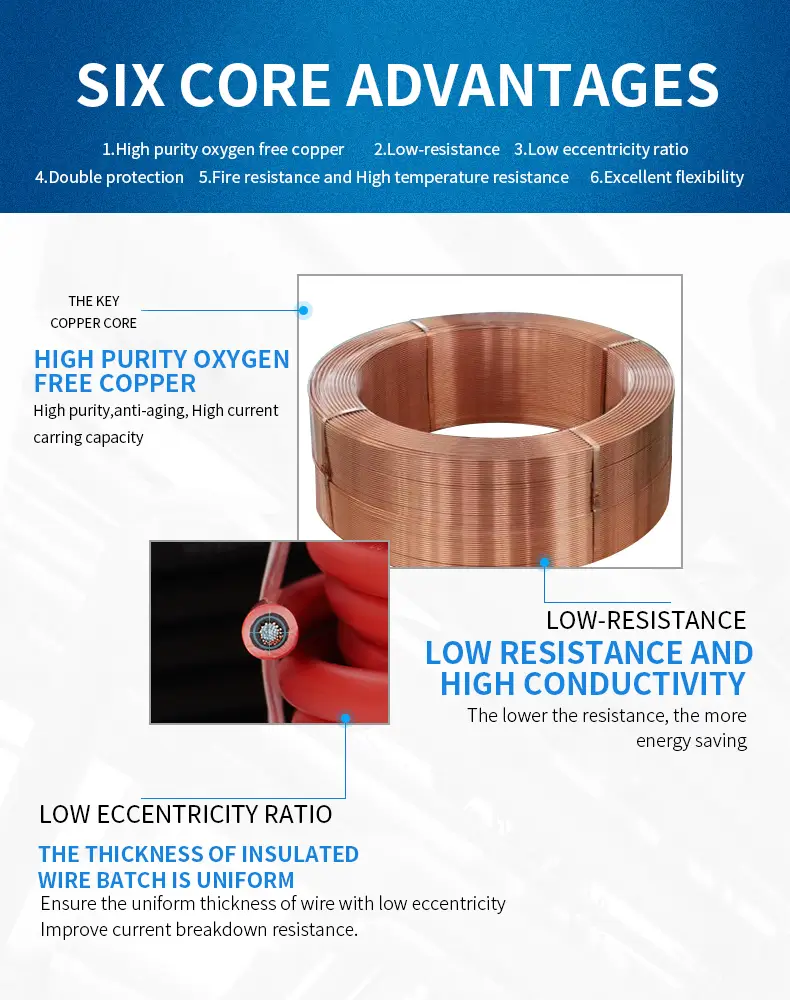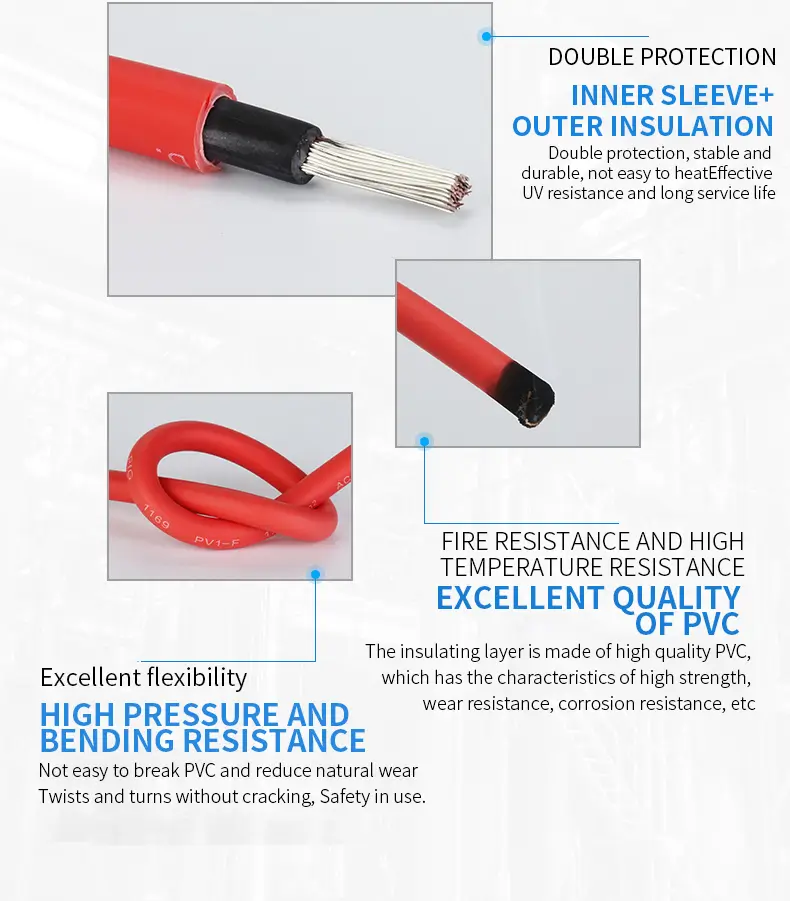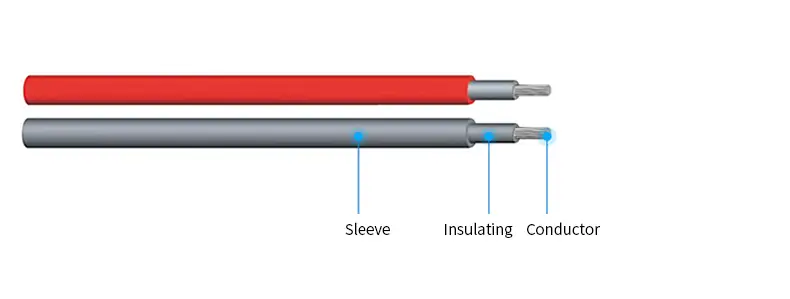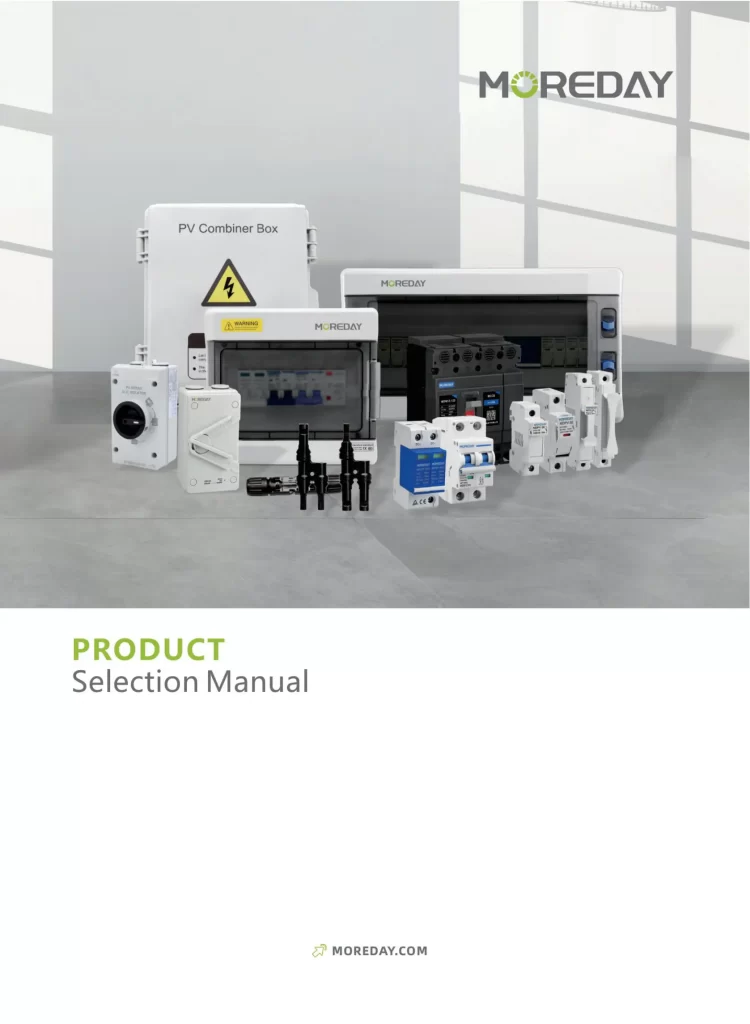Previous
Next
2.5MM 4MM 6MM 10AWM 12AWM 14AWM SOLAR CABLE
2.5mm2 4mm2 6mm2 10awm 12awm 14awm for solar dc system
Features:
- 100% tinned copper reduces loss
- Good flame retardancy, weather resistance, UV resistance and temperature resistance
- Double insulation for harsh outdoor environments
- Long service life
- RoHS material


